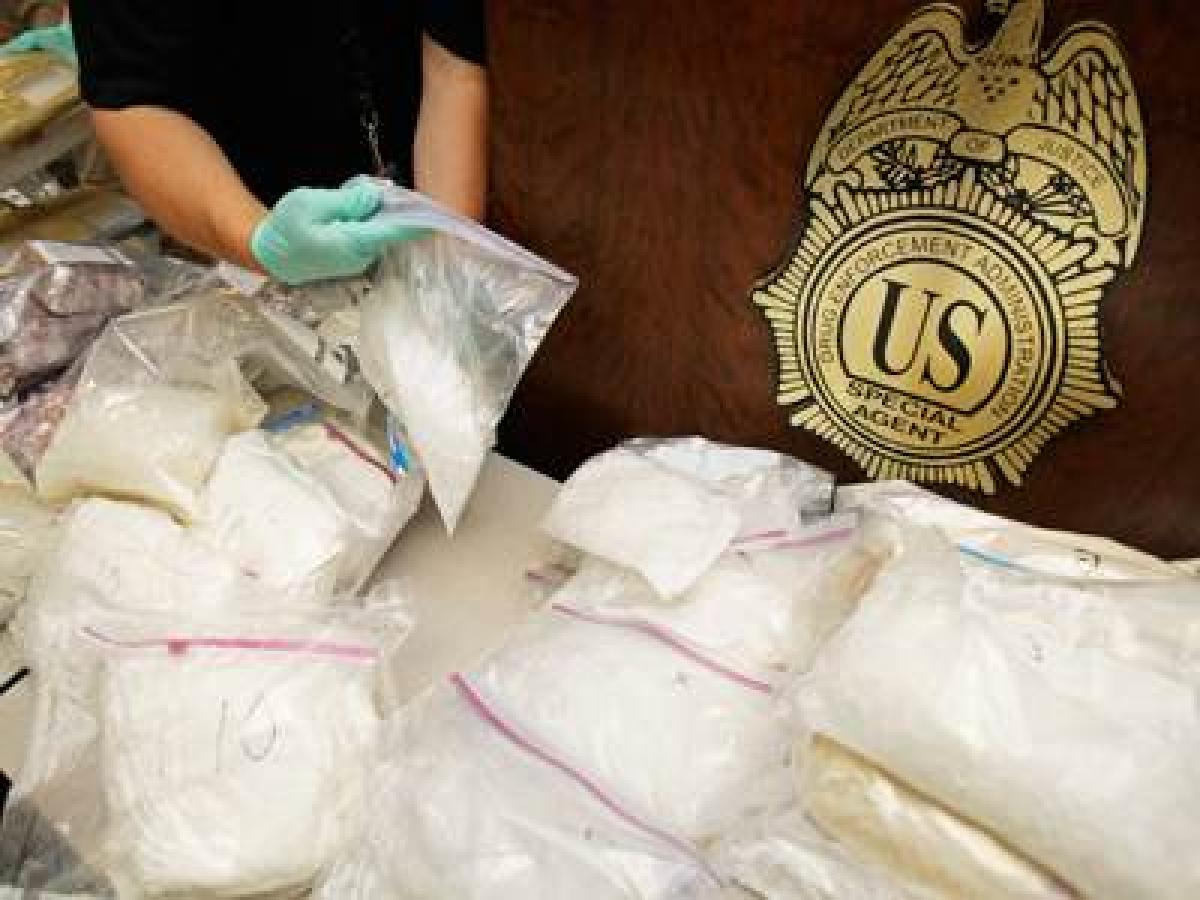When isotopes are mentioned in the same breath as law enforcement, the first thought that comes to mind is likely an atomic weapons-based attack using radioactive isotopes and what security forces can do to prevent it. That’s certainly the most publicized association between these words. However, it must be kept in mind that there are two kinds of isotopes: the unstable type that rip apart at the nucleus transforming into different elements, emitting the radiation that is harnessed as nuclear power (peaceful or otherwise); then there are the stable non-radiating kind that happily hold their nuclei together and thus do not spew radiation. Here, I hope to shed some light on the seemingly boring stable kind and their link to law enforcement.
For decades, researchers studying stable isotopes have come to the realization that a wealth of information can be gleaned, including how, where and, depending on very specific conditions, even when a certain material was made. These facts were employed primarily by chemists working in geology and ecology, with a few enterprising, curious scientists crossing their disciplinary borders and testing isotopes in food, medical samples, human remains, explosives, and illicit drugs. The interest in these materials went beyond a penchant for blowing things up (anyone who tells you they became a chemist for a reason that is not “explosions are neat!” is a liar and should not be trusted… incidentally I’m a PhD Chemist). The interest is to figure out whether the invaluable information that stable isotopes bring to geology and ecology (for example, finding out where/how/when something like a plant was made) can be exported to forensics (for example, finding out where/how/when something like a stash of marijuana was made). And so far the results have been very promising, with published applications to illicit drugs such as heroin, cocaine and marijuana; finding out where a corpse really came from; and efforts at identifying isotopic “fingerprints” for explosives such as TATP and PETN (the material found in the infamous shoe that makes us now pass barefoot through airport security in the USA).
Results have been so promising that a group of Swiss scientists recently published a paper with detailed recommendations as to how these stable isotopes should be measured and you know something must be serious when the Swiss start to standardize it. The recommendations are made specifically around the most widely-used technique to measure stable isotopes in forensics today- Isotope Ratio Mass Spectrometry (IRMS). The historical workhorse of stable isotope research labs, IRMS produces quality data that is as sensitive and precise as it is complicated and expensive to obtain. Because of the difficulty and high costs associated with running an IRMS, the technique has remained in the sphere of research labs and by extension, the potentially fantastic applications don’t move very far from the proverbial Ivory Tower. As a scientist who was trained and specializes in stable isotope measurements, I appreciate at once the power of stable isotopes as well as the difficulties in translating the science to the real world. That is, until now.
Picarro’s quest is to simplify scientific measurements of all kinds to a degree that just about anyone will be able to use the analyzer, and stable isotopes are a big target of ours. We have recently unveiled analyzers which are capable of measuring isotope combinations which are not possible with IRMS, as well as isotope analyzers that are a revolution in both their simplicity and sensitivity. Another bonus is these analyzers are rugged and portable, exactly what other isotope analyzers are not. With Picarro simplifying the mechanics of isotope measurements, the focus of isotope applicability can now shift exclusively to translating stable isotope science to real, practical applications used by the people who need the data the most. Who are the people who need the data the most? Today, if law enforcement busts a drug den holding millions of dollars’ worth of methamphetamines, the officers will confiscate the drugs, take it back to the station, then securely ship a sample to some central lab hundreds or thousands of miles away for an expensive analysis by a highly specialized PhD that can take weeks. Now, imagine a world in which the officers make the bust and then, while still at the crime scene, simply hand a few samples to the mobile lab who in minutes can tell them “it’s the Florida stuff again.” Picarro sees this World. Thanks for reading. If you have any questions feel free to contact me.
Robert J. Panetta, Ph.D
rpanetta@picarro.com.
